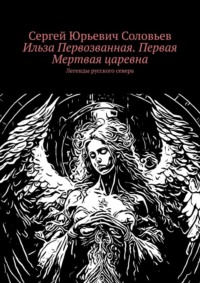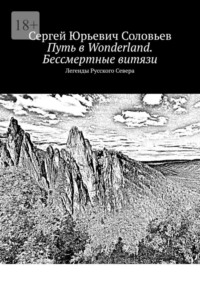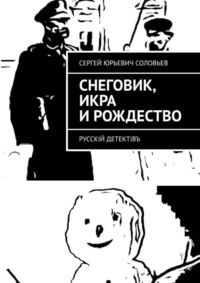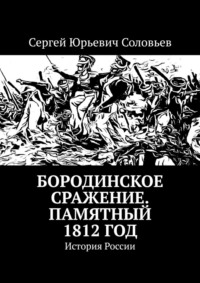
Полная версия
Attila Kagan of the Huns from the kind of Velsung

Attila Kagan of the Huns from the kind of Velsung
Сергей Юрьевич Соловьев
© Сергей Юрьевич Соловьев, 2020
ISBN 978-5-4498-0446-4
Created with Ridero smart publishing system
Knowledge is power
Foreword and Problem Statement
How does the history of Russia relate to the history of the Huns? And Russia directly correlates, as a community of peoples, and as a state entity, is a continuous and direct continuation of the Hunnic community of peoples, and probably the state, because the peoples of Russia, and not only Russia, but also Europe before the Rhine were part of the Hunnic Confederation. It should be shown here that the peoples of the Baltic region have lived here since ancient times, and were well acquainted with each other, which Edda proves, telling not only about svej and dans, but also about the Huns and lands of Gardarika.
How is Gardaric translated literally? The land of kings, the land of rulers, or rather TSARGRAD, from Garda-country, and Rica – royal, Riksdag-literally royal council, that is, the translation of Gardarik – the land of cities, this is an incorrect translation. Thus, repeatedly mentioned in the annals and writings of Constantinople, this is Gardarika. Reigned this land, according to Edda, the dynasty of the Sirgles. What are the Finns calling Russia now? Venaya, and the Russians are called venelainen. Estonians call Russia Venemeia, and the Russians are also veneline. Wenedos, on the other hand, met in antiquity from Asia Minor, where Quintus Curtius Ruf refers to them, to Italy, the province of Venetia. In modern Germany, Lusatian Serbs are called sorbians or Wends, and in official legal acts. But the Slavs do not call them, that is, the term Slav is very late, and has a Romance origin, and was artificial. What does he mean? Obviously, this is a religious symbol. Slavic champion of the glorious, high way. But a German, a German? The word consists of two parts, the hera (Here. Herr) is glorious, high, whence the name of souls in Wallgalle-Einheria, and hence the conversion in Germany – Herr or Nere in Denmark, means – Glorious. Parallels in the Old Russian language are glorious, glorious, so refer to young men and women in Russian That is, the words German and Slav are synonyms, and funny as it may be, verbatim Germany and Slovenia are also synonymous. Sweden is called either Schwerig or Svearik, that is, either the kingdom of Svej, or the path of the Oath (swear-oath), the name itself is scary and demanding, and Norway is Norway (Norway) or Norge, which translates as the northern path. As evidenced by cross-translation, North is the north, way is the way. Germany in Swedish, Tuskland, and in Finnish Sax. So, the neighbors are well aware of the neighbors. The present territory of Russia was called in those distant times, according to the testimony of Saxon Grammatik, Olaf Dalin, the Swedish historian of the 18th century., Venland, and before that as Hunigard, that is, the country of the Huns, and the Russian North Saxon Grammatik calls Gandvik, in the translation “Gantt Bay”, that is, most likely, he speaks of the Gulf of Ob, the Yamal Peninsula, where Khanty and Mansi are known to live but the Danish historian calls the inhabitants of that land giants, and the stories about this northern land were full of legends and mysteries, these testimonies speak of the enormous wealth of these places, and that these extraordinary people live on islands in the northern seas and that they all living in these mysterious months ah, they are sorcerers. Living folk tradition in all of Finland and some parts of Karelia attributes the affiliation, in some places to the still remaining grave stone piles and mounds, to the unknown Nephite people, who inhabited all of Finland, northern Scandinavia and even Karelia in the present territories of the Kem and Olonets provinces. The Finnish name for this ancient people is Hiji. Saxon the Grammar tells the story of one expedition of Gorm: “… Having reached Gandvik (Bay of the Gulf of Ob, Khanty’s country) and pulling the ships ashore, Gorm and his sailors camped. At dusk, a man of extraordinary size appeared to them, calling himself Godmund.” Travelers soon saw a settlement “more like a smoky cloud.” Entering one of the premises, “they were amazed at the abundant treasures and various jewels and saw seven barrels encircled by seven gold hoops and hung with silver chains of numerous rings, a bull horn of unusual size, trimmed with precious stones and covered with art engraving and, finally, a solid weight bracelet”. They were especially surprised to see “weapons intended in magnitude to some superhuman beings.” And the Scandinavian sailors could not resist, there was not enough willpower and even a sense of self-preservation did not help this time, and the abundance and availability of jewelry. And most were very unlucky, many were “torn to pieces by monsters, and only twenty people were saved, who returned home with Gorn at the head.” Numerous finds of archaeologists confirm the most terrible stories of Saxon Grammatik – the inhabitants of the North, Volga region and Don region firmly believed that the dead could come to life, and to protect themselves, the feet and hands were cut off from the dead, and such manipulations are unknown anywhere else, and the sorcerers of these peoples were considered very strong in their craft. Such rites of neutralization of the dead are not known in other states and among other tribes of Europe and Asia. And this rite occurs on this territory at the beginning of the third millennium BC, in the Bronze Age. Further, Russia, in China, in our Asian neighbor, is called Elos, and so many Indo-European states were called in antiquity – this is the ancient Elam and the Greek name for itself is Hellas.
Lobed-type temporal rings, scaphoid-shaped scoops, and blackened ceramics, and volute (double spiral) in jewelry and art
Also interesting are the peculiar rings, called temporal lobular rings, the number of lobes from two to six. Temporal rings were made on the basis of findings from gold and silver. It is interesting to show a two-lobed ring from Treasure Schliemann. Catalog Inventory number Aar132, Bz50, P92 F6014 and Aar 133 Bz49, P91 A 6015. Two-lobed ring from gold from the State Historical Museum collection (Historical Museum). Photo dsc00946. These findings only confirm Taylor’s theory of the promotion of shepherd tribes in Asia Minor and Greece. The find is dated to the beginning of the second millennium BC. e.
Now let’s turn to the finds of the Abashevskaya and Andronovskaya culture. They developed in the forest-steppe zone of Eastern Europe whose monuments are found from the left bank of the Dnieper in the west to the Tobol river. It is dated by the beginning of the middle of 2 thousand. BC. You can also see the use of the meander pattern in the decoration of vessels, as well as dicotyledonous temporal gold rings. In the Urals, in the peat bogs, wooden ladles with a swan figure were found

Lobular rings SHM
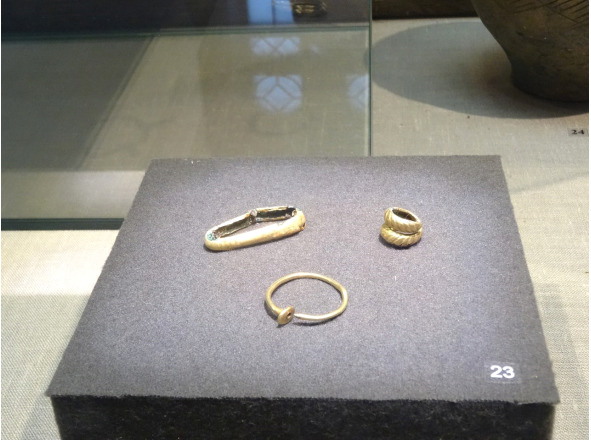
Lobular rings, treasure Schliemann, Pushkin Museum

Crystal bucket, Mykenae
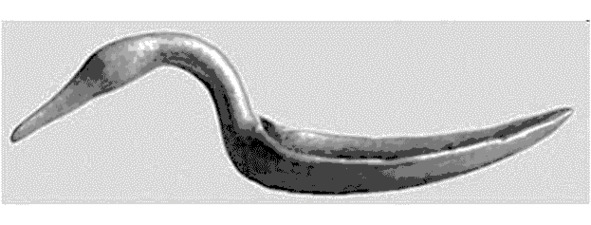
Omsk region bucket, wood
A find in Greece is very interesting, a crystal bucket with a handle in the shape of a duck’s head was found in Mycenae, dated to the 15th century. BC. The work is, of course, extremely difficult, how could the master make such a fragile thing, because it is not cast and has not been blown out of glass? But the shape of this magnificent object copies wood products found in the distant Urals. Wooden ladles were later found in the Scythian burials already in the Iron Age, as evidenced by numerous finds. The culture of using ladles in everyday life was preserved in Russia until the 20th century, now these wooden objects are used as decorative dishes. That is, this ritual dish can be used as a kind of indicator of Indo-European culture.

Abashevo culture, blackened vessel with meander SHM, Moscow.
Blackened and ground milk ceramics appear among artifacts of the pit and catacomb cultures in the middle of the 3rd millennium BC. A method of manufacturing black-glazed ceramics was discovered in the vast past. By whom and when it is now impossible to establish. It is known that the Etruscans (VIII – II centuries BC) already had a technology for the manufacture of black-glazed ceramics. Black-glazed household utensils were widely distributed in Russia, the peak of its popularity occurred in the period from the 3rd to the 19th centuries. The method is quite simple – the ceramics are smoothed out, then the products are fired in a smoking flame without oxygen (staining). Milk milk is a very mouth-watering formulation and one of the most popular methods of fire decoration. The bottom line is the following – the sintered shard (past the unit kiln) is placed in milk, and then baked again at a lower temperature (about 300°C). And this utensil has been seen among the finds dating back to the 3rd millennium BC. and at present in the basin of the Volga and Don rivers, and the steppes of the Black Sea region, and Trans-Urals. Similar ceramics were discovered by Schliemann and Taylor during archaeological excavations in Troy and Hellas, and similar dishes were found in Crete and date back to the beginning of the third millennium BC. Significant can be called bracelets, pins, wands with the image of volute (double helix). These findings are widespread, and open bracelets with volutes are one of the hallmarks of these cultures.
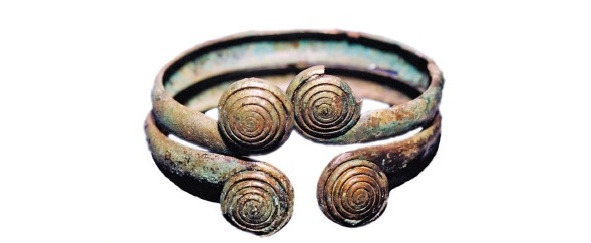
Bronze bracelet from Sintashta
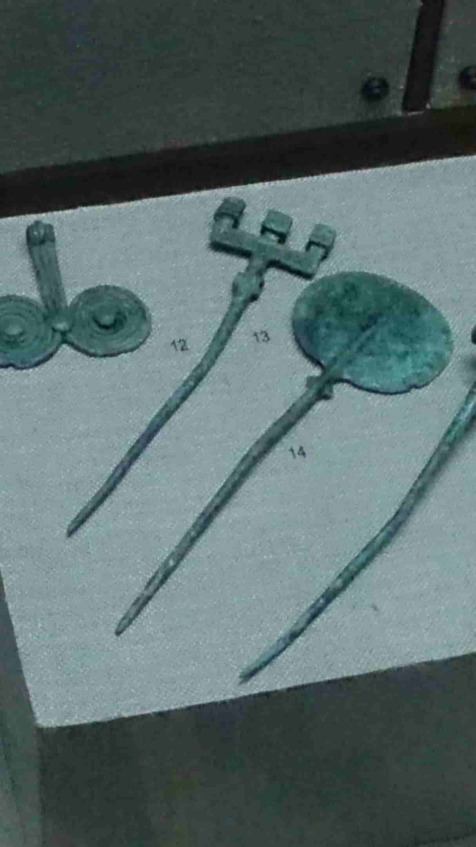
monuments of Koban culture, SHM
Giant growth of the Huns
Huns-Hans, but it is the real, ethnic Huns. and not members of the union of tribes who embraced the Hunnic culture, was characterized by extremely high growth. According to the finds of the Tarim mummies belonging to the Andronovo culture, they grew to 200 cm. Mummies were discovered in 1939. Bergman, and the most impressive finds in China were 1980s goals, where he managed to find well-preserved remains on display at the Urumqi Museum.

All the legends about the giants of Greece speak of the extremely high growth of these heroes, in Germany they are called giants by the Huns (Huns), and the Burgundians, part of the Huns, also had gigantic growth according to the letters of the Romans. Savirs-northerners-northerners of Novgorod-Seversky Zemly reached a height of 180 cm.
The closest to Andronovites were representatives of the European culture of cord ceramics and Sintashta culture, as well as modern Indian populations, according to a study by Keyser C. et al. “Ancient DNA provides new insights into the history of south Siberian Kurgan people.”
Bashlyk
Bashlyk (tur. Başlık – headgear) – a pointed pointed hood worn in bad weather over any headgear to protect “from the cold, rain and sunshine.”
But, however, this type of headdress BASHLIK first appears among the Andronovites of China. And the Andronovites were not Türks. In men, judging by the findings of the Tarim mummies, these are caps that differ in their sharp tip.
Further, a similar type of headdress appears among the priestesses of Crete, and here undoubtedly the influence of the Huns-Hans

Cretan goddess in the head. 18th century BC
The figurine is made of ivory, on the head is a Scythian hat.
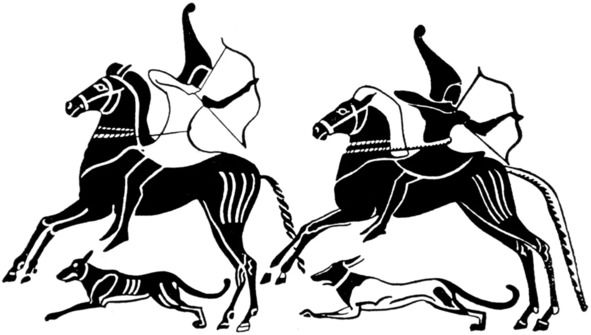
Further, a similar headdress is depicted among the Cimmerians and Scythians. As you can see, this is a pointed hat, with blades for wrapping the neck, such a hat-scarf of the past. Thus, bashlyk is the cultural heritage of the peoples of Russia, and unfortunately, there is no proper attention to this headdress in terms of promotion on the market for the purpose of sale, as well as to the shirt-shirt. Especially since the headband is more than 4000 years old, and it deserves attention. Similar scarfs are in Estonia and Sweden. But in the case of a hat, a scarf is another design – not the blades are wound around the neck, but the laying of the knitted construction of the garment.
Farn is considered a power
Farn is considered a power, or deity, which is interpreted as the material embodiment of the life-giving power of the Sun, divine fire, a divine essence that brings wealth, power and power. Often Farn appears both as a kind of abstract sacred good idea, and as a concrete material symbol, a divine character. Usually in mythology, Farn has common attributes with food, which is often indicated in the Iranian languages by the same word or its derivatives. For example, the mention of this name is found in the performance of the modern traditional Ossetian feast ritual – in one of the toasts, pronounced in strict sequence, an appeal to “Farn of the Universe” follows with a request for the granting of happiness. Sometimes Farn acts as a good spirit – the keeper of the hearth. In some cases, Farn is understood as happiness, a share, fate, that is, in this sense it is comparable with the similar gods of Greek and Roman mythology – Tiche, Fortune. Farn often appears as a symbol of royal power.
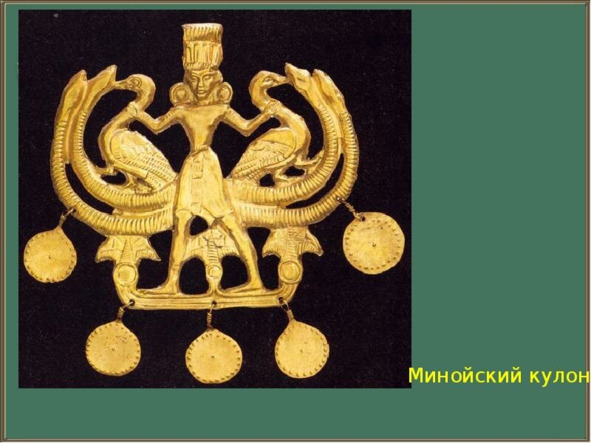
But if simpler, it was this sacred animal that carried the soul of the deceased to the land of ancestors, or the land of the gods, the other world. As an example, Aries of Gella (Ella), here it is similar to Sarasvati, in which there was an aries and a swan. The ram image as a symbol of Farn was widely distributed in the Kushan kingdom, Sogd and Bactria.


In the graves of the sacks farn swan
In the graves of Scythians and Sarmatians there are numerous finds of geese-swans, and later on the Volga, such figures were hung from bracelets worn on the deceased


Male Deity in Wahane Aries, Koban Culture
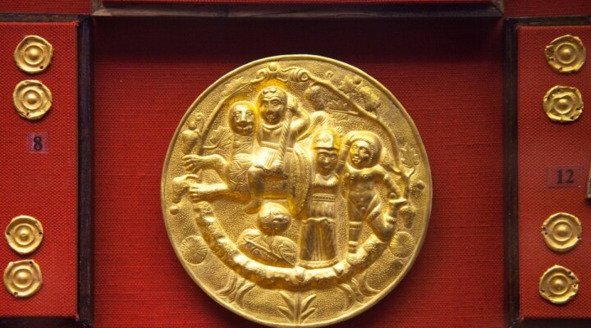
Sarmatians. A feminine deity riding a lioness, probably Durga. GIM, Moscow
Wahana (to sit down, ride something”) – in Indian mythology – an object, a fictional creature or animal used by the gods as a means of transportation (usually a mount). Mounted animals can be either real or mythical, or a mixture of both types. Wahana is a manifestation of the brute energy of the deity, its totem is a symbol of the deity, indistinguishable from whose mount it is (Nandi, the bull, the wahana of Shiva, personifies power, etc.). Wahans, in addition, increase the power of their masters (Durga could not defeat the demon Mahishasura without the help of her wahana – the lion Manashthala) and denote evil forces and vices that are commanded or suppressed by the deity (Skanda, whose wahana is a peacock, has power over vanity.
That is, there is a possibility that the Aryans received the name from their sacred animal Aries (ram), and the Huns (Hans) from their farna, goose (Hans).
Huns-gans (geese). Tales, tales of geese, as the sacred animals of this people
Abashevskaya and Andronovskaya cultures, undoubtedly connected and being the culture of the Hans-Huns, began to develop in the Ob River basin, from where they spread up to Hellas and Denmark, China and India, but most of the people of this culture remained in the vastness of Eurasia, leaving the foundation of the present people of Russia.

The cult animal, along with the bear, was the goose-swan, mentioned in the tales of the Russian people inextricably. However, similar, even more likely, identical tales are observed in Pomerania and Denmark and Sweden, where the Huns-Hans reached the Bronze Age.
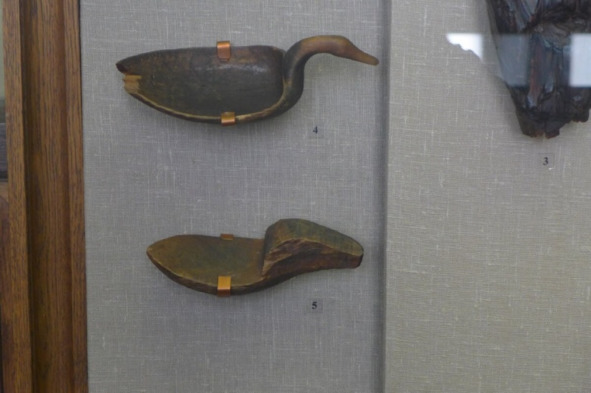
The name of this tribe itself is associated with a goose, because in German it is Hans-goose. And it is natural that tales and legends with a goose are numerous-Geese-Swans appear in many tales. But earlier, the goose was the subject of a cult – this animal, as in the myths of Apollo, who was also a native of the North, carried the soul of the deceased to the Land of the Dead. This is evidenced by the numerous statuettes of these birds in the graves of Scythians, Sarmatians and Huns. But in the Bronze Age, geese were depicted schematically, in the form of a meander.


The Saks from Altai, the Sarmatians, also accompanied the goose in the afterlife. Obviously, judging by the tales, he had to fly away with the soul of the deceased to his ancestral home, the distant North. In Moksha, Gus-matzi, -hh, the latter is close to the word HUNT.
Among the Saks, the swan was also a sacred creature, whose function was to deliver the soul of the deceased to the afterlife. Recall the team of Apollo swans.
Extra evidence that the Huns-Hans reached Hellas in the third millennium is also proved by the goose-swan cult associated with the cult of Apollo and Artemis.
Among the many living attributes of Apollo, the swan rightfully occupies the main place. The popularity of the Apollo and Swans motif has been attested throughout antiquity. This beautiful proud bird accompanies the divine twins Apollo and Artemis “the most beautiful inter-glorious descendants of Uranus” (Hes. Theog., 920). Sometimes a “golden Aphrodite” or her tomboy Eros appears on a swan (and more often on a goose, judging by a vase), but this is already late Hellenism).
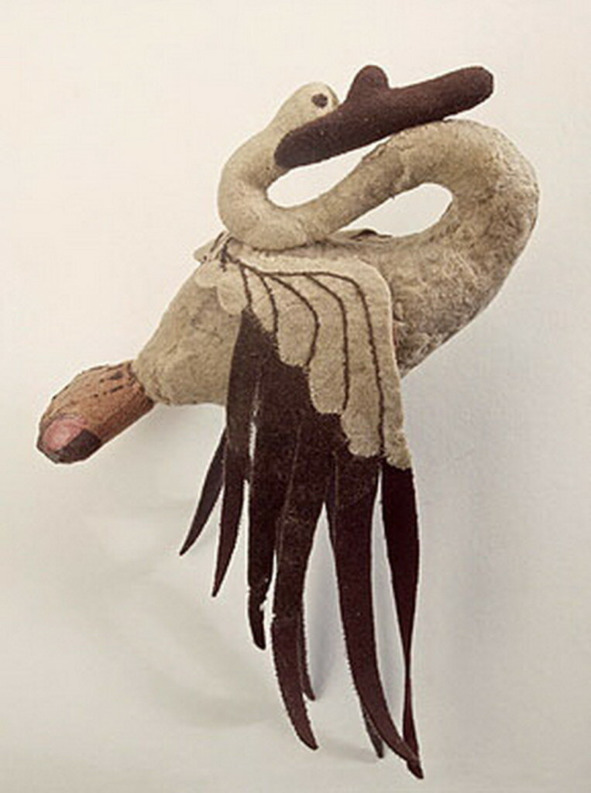
Poets and philosophers often call the swan the bird of Apollo (H. h., XXI. 1 sq; Sapph. Frg. 147b, Plato, Phed., 85b.), “The vocal singer of God”, “the most melodious of birds” (Call. Hymn., II, 5; IV, 249), “the favorite of the muses” (Eur. Ipphig. T., 1103—1105), “the Pythian and Delosian” (Aristoph. Av., 870). “The long-necked joy of Apollo” calls the swan Bacchillides (Dyph., 16). The motive of the “swan song” was not known in antiquity; Homer, Hesiod, and also in Homeric hymns do not have it. On the contrary, the swan in the sacred places of Apollo constantly sings, glorifying the birth of God on Delos (Call., II, 250—254), or portending his appearance (II, 5; Aristoph. Av., 769—770), or singing in the land of Hyperboreans hymns during the rites. According to Elian (De nat. An., XI, 1), at that time clouds of swans flocked from the Riphean mountains, “they fly around the temple, as if cleansing it with their flight,” and then gracefully sit on the fence of the temple, “representing a sight majestic in multitude and beauty. “When the singers begin to praise God accompanied by the citharists, “then the swans together join in singing and in no way do they sing awkwardly or inaccurately”, masterfully performing a melody, like experienced singers, led by a choreographer. And all day long, “the aforementioned feathered singers collectively glorify and glorify God.”
Belief in the living, evil dead, silver weapons against them
There are extremely interesting exhibits in the State Historical Museum, these are the silver tips of copies from the Borodino treasure, and obviously, the more ancient silver tips belonging to the Seima-Turbino Culture.
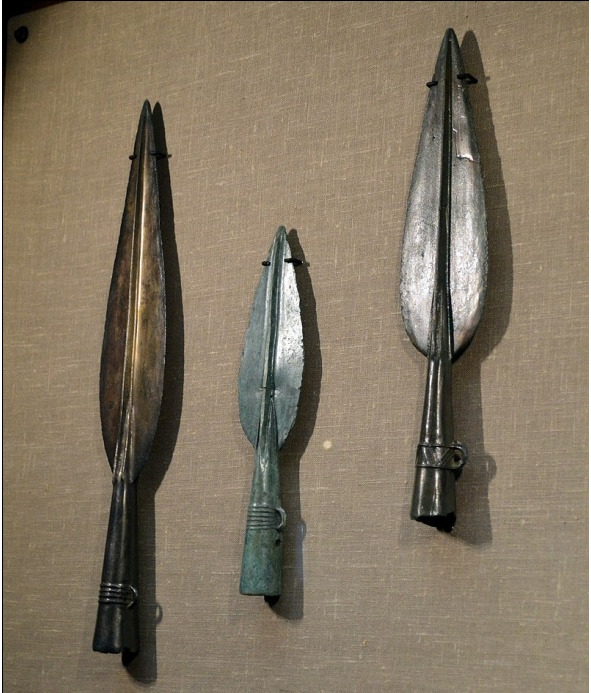
SHM exhibits, Seminsky-Turbinskaya culture
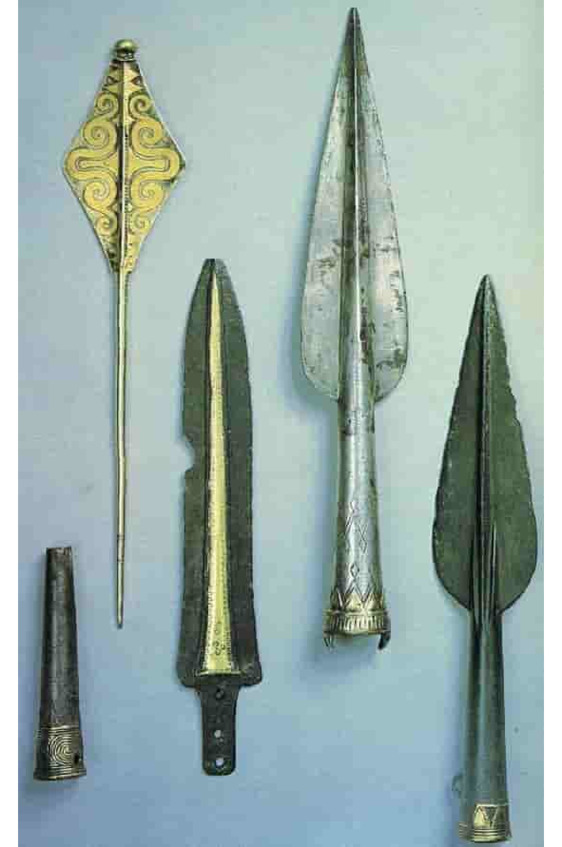
Silver spear tip Borodino treasure, silver spears. SHM
The detachments of warriors with silver spears are mentioned by Arrian at Alexander the Great and are called argyraspids, from argyr – silver, and speyra-spear, to call them silver-cut is a clear mistake. A detachment of soldiers with silver spears was also owned by the Persian king, according to the testimony of Quintus Curtius Rufus. “Behind the chariot were 10 thousand spearmen with richly decorated silver spears.” The squires of Moscow’s grand dukes and tsars – the market men – were remembered by all foreign guests of the Kremlin. During the ceremonial receptions of foreign ambassadors, they stood on both sides of the royal throne, dressed in ceremonial clothes, with silver hatchets. And here, too, silver weapons, and everything somehow coincides, one to one. If we recall the property of silver, which was considered important in antiquity, to drive away or kill evil spirits.
This is the custom of neutralizing the dead, known only in the Ciscaucasia and the Volga and Don basin. The dissected burials of the Bronze Age are known in the burial mounds of the pit and catacomb cultures. At the same time, they do not form a single chronological layer, often their dating is complicated by the lack of inventory. Often, the practice of dismembering two buried, buried in one pit. The specific forms of manifestation of the ritual of dismemberment of bones could vary, which can be explained by different motives of dismemberment. But, despite this, common to all options is that such a practice has never been applied to all members of the community and has always been unique. There are two types of dissections, each of which has its own motivation:
Type I – dismemberment caused by necrophobia, rather the desire to render harmless the dead, and to make safe his dead body, which already had no relation to the dead person, that is, the soul. And in later eras, the Indo-Europeans did not sign the graves of the dead, did not put any plates with the names of the dead, even the famous royal burial sites of Macedonia were depersonalized, in contrast to the Athenian burials of the same era. The corpse was dismembered, or mutilated, designed to “render harmless” the deceased. You can recall the belief, already widespread in the historical era, that a vampire can be killed with a stake pierced in his heart or cut off his head, but it can also be killed with silver weapons. Both phenomena have the same motivation. In the Bronze Age, such a dismemberment could probably be subjected to mentally ill or worshipers, priests, sorcerers, fortune tellers. The ritual was intended to deprive the powerful dead man of sacred power. Type 2 – dismemberment of the victim, as atonement for the sins of the organizers of the funeral rite and transfer of the “wrath of the deceased” to the dismembered victim. Either this was used to “alleviate” the suffering of the main deceased or undergo posthumous trials. Type 2 was not used in single burials.


